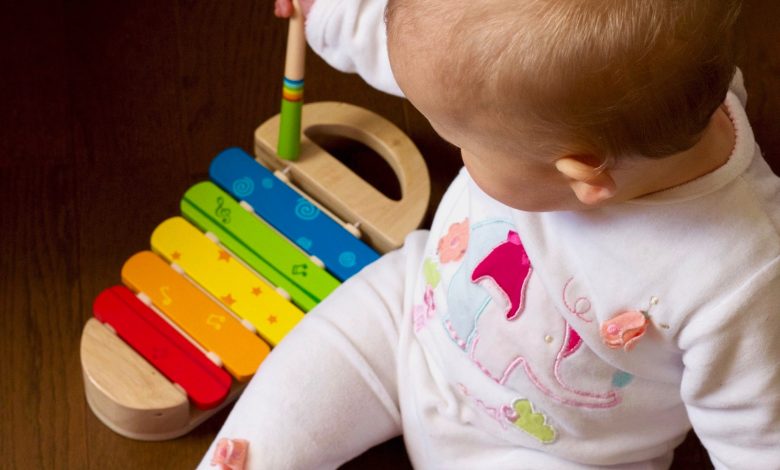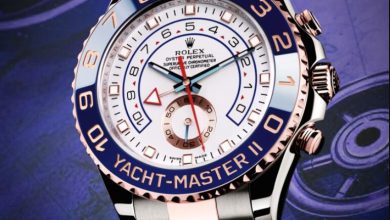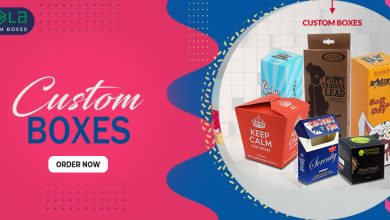Types Of Dress Newborn Should Wear

It’s simple for first-time parents to purchase a tonne of gorgeous baby clothes only to discover later that they are useless or worthless.
Of course, I did. This adorable infant fleece onesie for 6 to 12-month-olds was my very first buy.
I felt I was being proactive because my baby was born in the winter. It was too tiny for her by the time winter arrived and a situation arose where she could wear it. She never actually wore it once!
One of the biggest regrets parents and grandparents frequently have is that they bought too many newborn outfits.
For their child, they receive an entire wardrobe with several items in each size. When their child outgrows it, they are left with a number of items that have either not been worn at all or have been worn just once or twice.
When it comes to clothing, the first year, especially the first 0–3 months, is unpredictable and involves a lot of learning.
Types Of Dress Baby should wear (for 0-3 months)
Here are the 7 clothing pieces I recommend you consider for the first 3 months.
1. Short-sleeve bodysuits
These Carter’s 6-pack short-sleeve bodysuits are essential newborn clothing.
Bodysuits’ expanded shoulders make it simple to fit them over bigger baby heads. You can pull the bodysuit down over the baby’s bum in case of a poop explosion and prevent poop from getting on the baby’s head. They are reasonably priced and comfortable for your child!
2. Long-Sleeve Bodysuits
Long-sleeve bodysuits are useful for cooler evenings and seasons.
Depending on the manufacturer, the long sleeves may include foldover cuffs, saving you from having to wear gloves to keep your child’s hands off his or her face. The cuffs are on these bodysuits from Maybe Baby Kids.
I strongly advise sizing up for the bodysuits in case there is shrinkage or the fit is not ideal (e.g. the arm length might be too small). Little Dolly is the best Kids wear manufacturer and provide the best clothes for newborn babies.
3. Pajamas
My infant spent the entire day in pyjamas in the winter and on cooler days.
I advise getting the following infant pyjamas in the ideal scenario: a few for colder and warmer temperatures, like fleece (e.g. cotton)
Footed pyjamas: Infants don’t require shoes or socks. They won’t begin to move about soon. The socks and shoes wouldn’t have any practical use; they would only be ornamental. Getting footless pyjamas would only add to your workload.
Baby nails are short and sharp, and they develop quickly. Your child shouldn’t poke their eyes out.
Pyjamas with zippers: Managing button snaps is a hassle. It is significantly quicker to use a zipper. Ideally, acquire pyjamas with a two-way zipper so you can change the baby’s diaper without having to expose the baby’s chest to cooler temperatures. Simply zip up from the bottom.
If your baby has sensitive skin, another factor to consider is whether the pyjamas are made entirely of organic cotton.
Here are 4 pyjamas that meet most of the requirements, if not all of them. Start with the most important.
1) All of the following are true of these bamboo pyjamas: Footed feet, a two-way zipper, and built-in mittens. Additionally, they are very pricey. They tend to run a little small, so size up.
2) Burt’s Bees makes pyjamas with a zipper, footed feet, built-in mittens, and 100 per cent organic cotton. The only thing missing is a two-way zipper.
Here are the boy’s and girl’s versions. These pyjamas additionally have non-slip foot grips and elastic around the ankles (to keep feet inside the feet region).
The built-in mittens that Burt’s Bees pyjamas have are one feature that is really hard to locate in larger sizes.
The only drawback is that these pyjamas tend to run small, so I would recommend going one or two sizes up.
3) These Bonamy pyjamas are a great substitute for Burt’s Bees.
Everything about the Burt’s Bees pyjamas is present here, with the exception of the elastic at the ankles. Some people, I know, dislike this feature (e.g. particularly if your baby has larger feet, it can be difficult to get the feet in and out of the elastic area). The Bonamy pyjamas may be the finest option if you fall into this category.
They are also intended to fit snugly, so if that bothers you, I recommend sizing bigger.
4) Simple Joys by Carter’s features a zipper, footed feet, built-in mittens (for only the premie and baby sizes), and 100% cotton (thus not organic) pyjamas. Little Dolly the kidswear brand in Indore has a various variety of kid’s clothes.
4. Swaddler
The nurses wrapped my baby in a hospital blanket as soon as she was born. Swaddling is the act of snugly wrapping an infant to mimic the comforting and warm womb environment.
Your baby’s passage from the womb to the outside world can be aided with a swaddling blanket. It was extremely useful to me throughout the first three months.
Note: Some infants simply don’t enjoy being swaddled. It’s worthwhile to give the swaddling technique a try with your child because more sleep for the baby could translate to more sleep for you.
5. Toque or Hat
During the first three months, you should cover your baby’s head when you leave the hospital, go to the doctor’s office, and on other outings.
In warmer weather, a hat shields your baby’s head from the sun’s harmful rays. In the winter, a toque keeps your baby’s head warm.
These baby beanie hats are popular if you’re seeking for a hat that will only cover the baby’s head. They are incredibly stretchy and silky, which I adore. They have a wide range of patterns.
6. Special occasion outfit
You could believe that you should take a lot of time choosing your clothes for the trip home. You might believe that it should be saved for exceptional occasions. Certainly, I did!
All that matters is that your child is warm and cosy at the end of the day.
You are not required to choose a particular dress or two-piece ensemble. Simply wear one of the standard zipper pyjamas. Remember to include the hat.
7. Drool bibs
I just used a muslin blanket or changed the baby’s onesie whenever she spittled.
Some mothers I know would prefer not to have to wash their baby’s clothes or clean up the drool. If you’re one of these mothers, I advise you to purchase a baby bandana bib for drool.
In this manner, just the drool bib needs to be changed—not the entire outfit!




